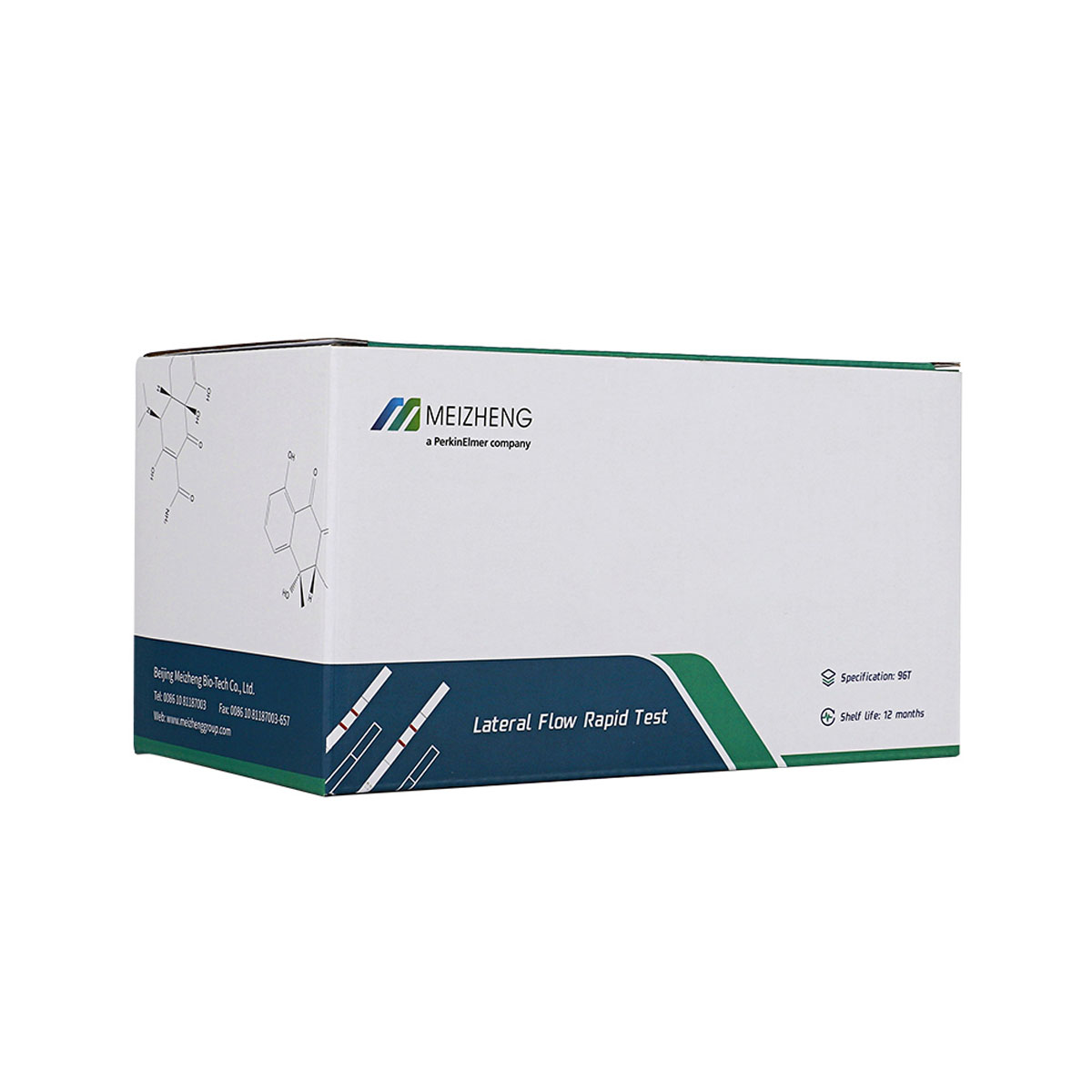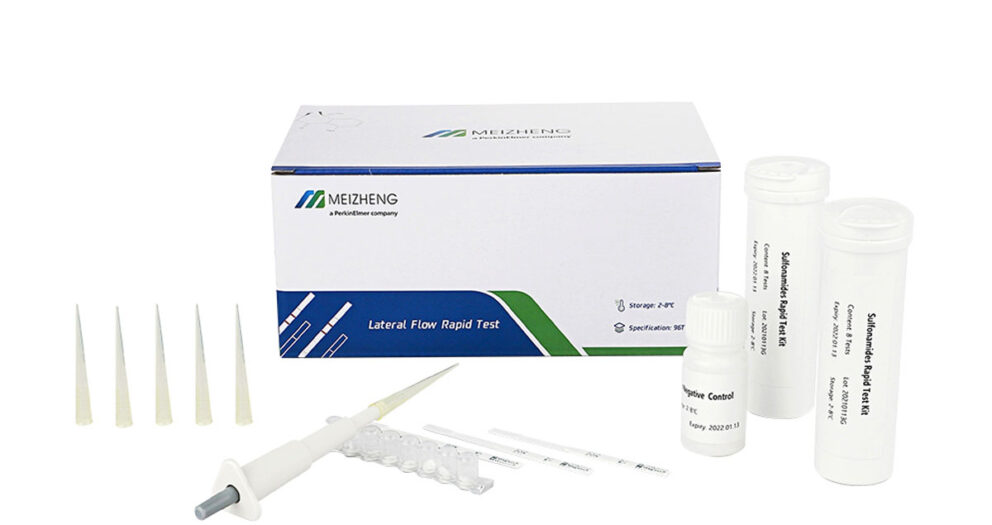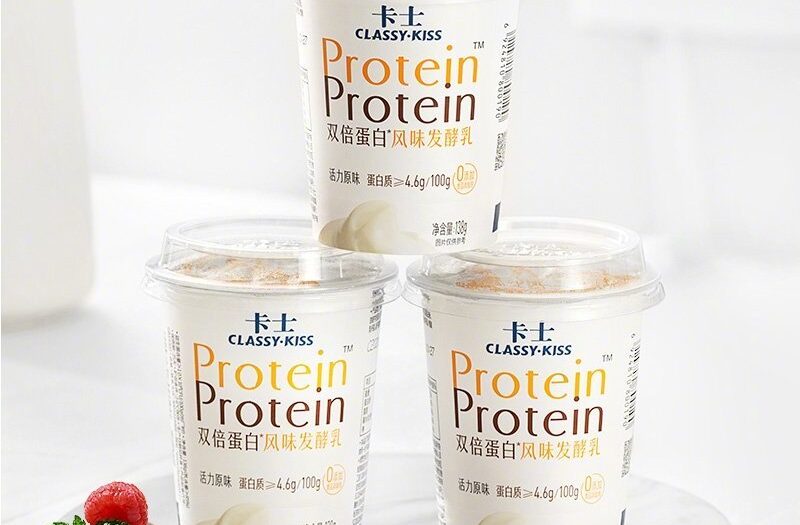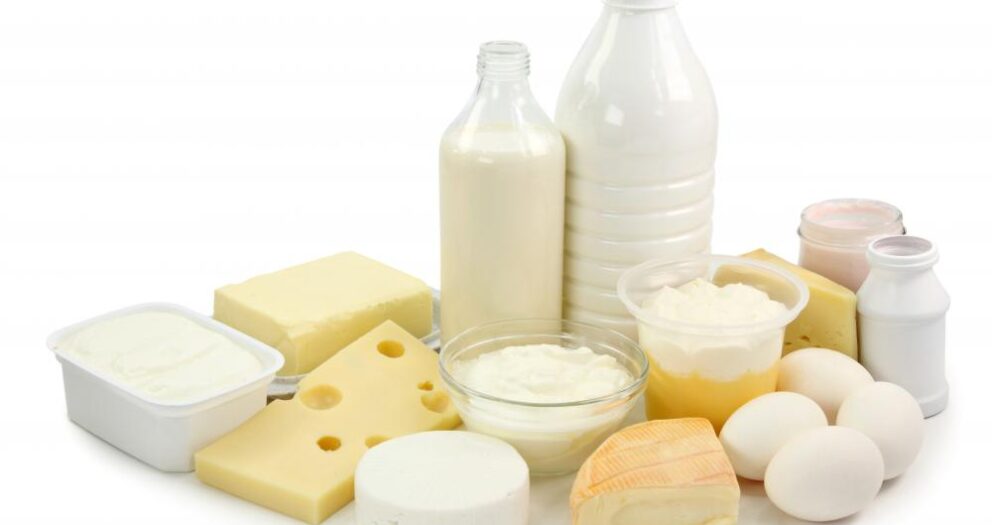The main methods of rapid food detection are:
- Food rapid test strips: qualitative or quantitative by direct color development with strips, semi quantitative according to color development depth and lightness.
- Test strip chromatography: color development qualitative by test strips chromatography is used as an indicator of limits, such as Sudan red, leptin, etc.
- Colorimetric tube colorimetry: the color of the colorimetric tube is observed after reaction with reagents to be qualitative, semi quantitative according to the color dark and light, such as nitrite, methanol, sulfur dioxide, etc., the colorimetric quantification can be visual, also with a portable photometer.
- Titrimetry: titrate the sample with a drop containing the standard solution, and determine the content of the examined substance, such as acid-base, redox substances, etc., based on the number of drops consumed.
- Colloidal gold lateral flow test strip: it is characterized by the development of colloidal gold after chromatography on a test strip.
- Enzyme linked immunosorbent assay (ELISA) Kit Method: specific binding reaction occurs between antigen antibodies, quantitatively analyzed according to the chromogenic dark.
- Portable instrumental methods such as portable methanol stadiometer, food safety detector (spectrophotometer), ATP fluorescence detector, acidity meter, meat moisture meter, conductivity meter, temperature and humidity meter, central thermometer, edible oil polarity meter, irradiance meter, etc.
- Microbiology count plates, PCR and so on.







